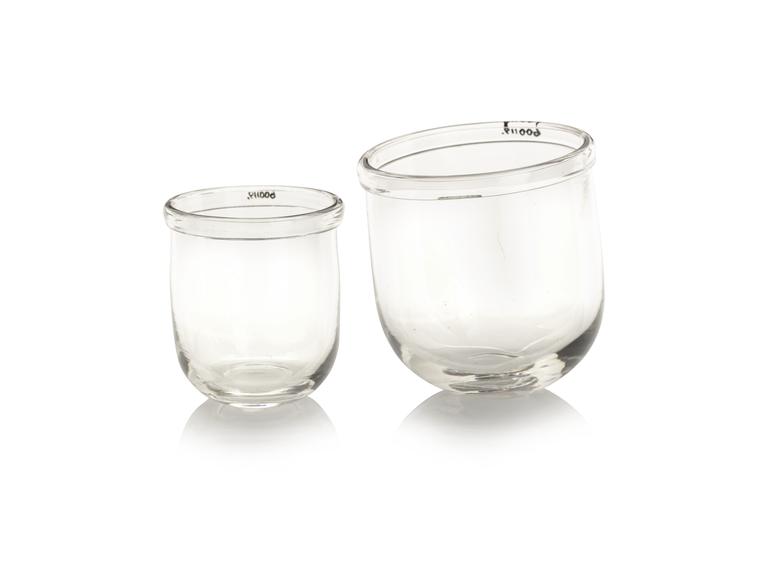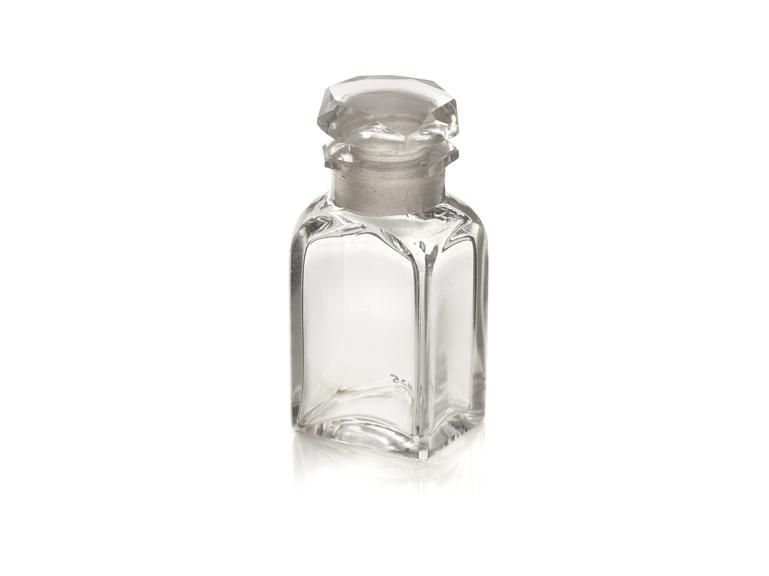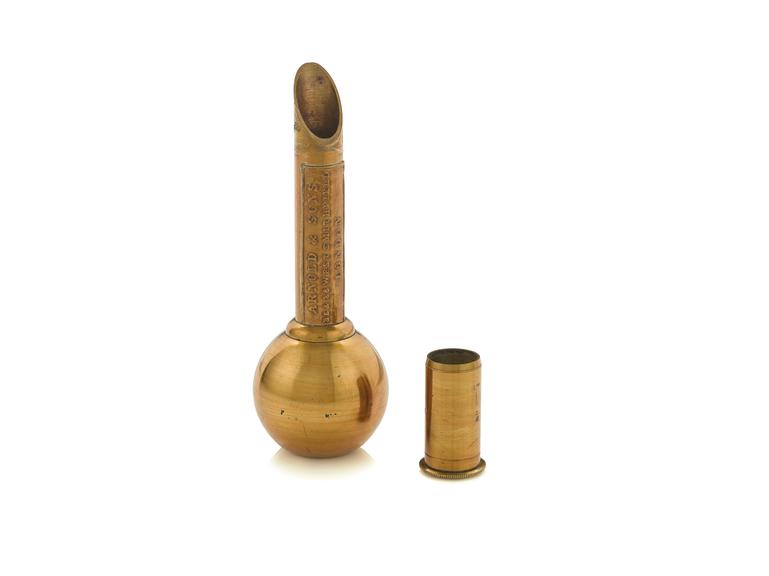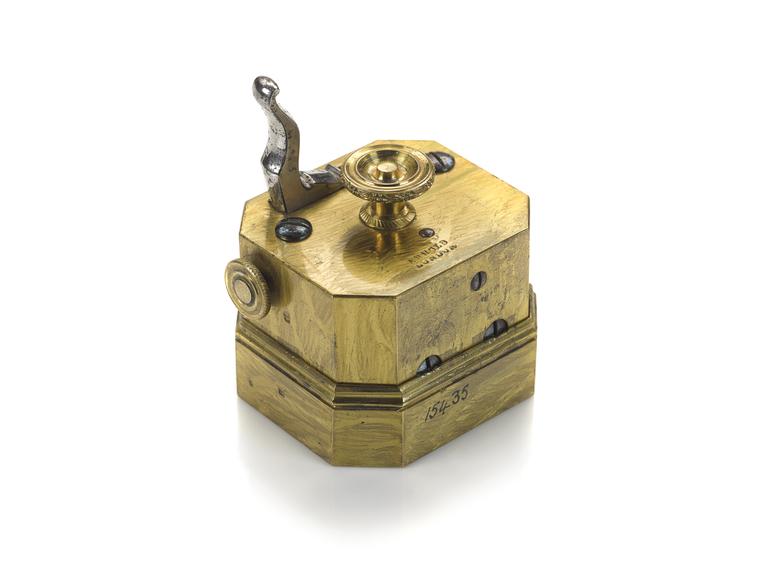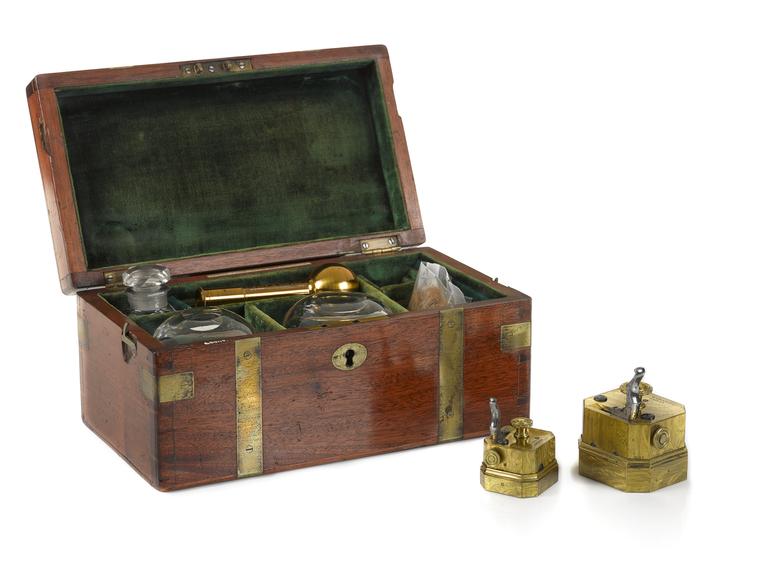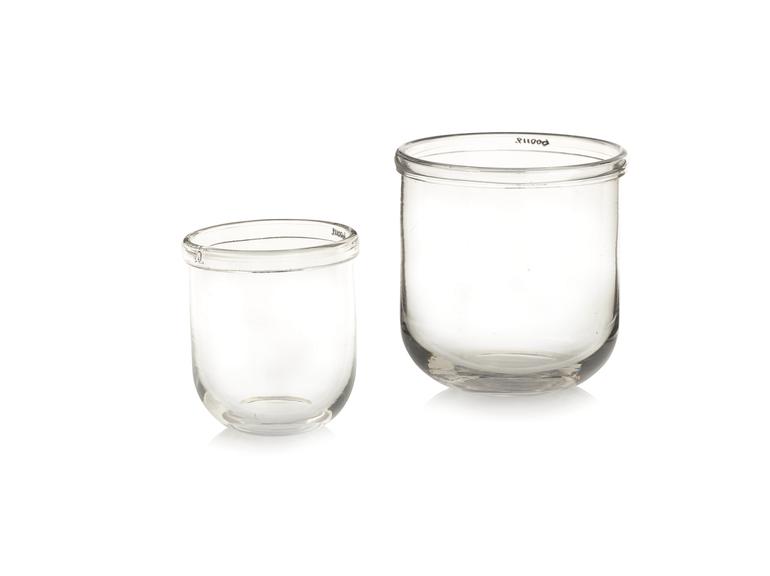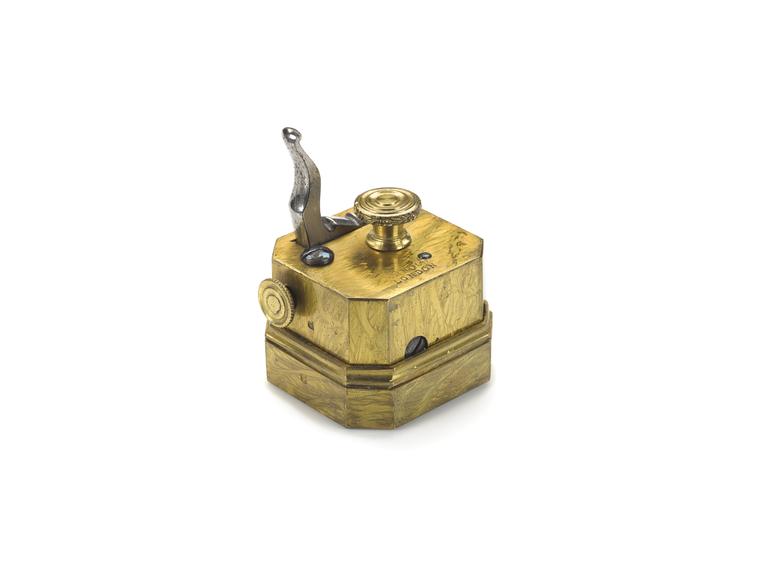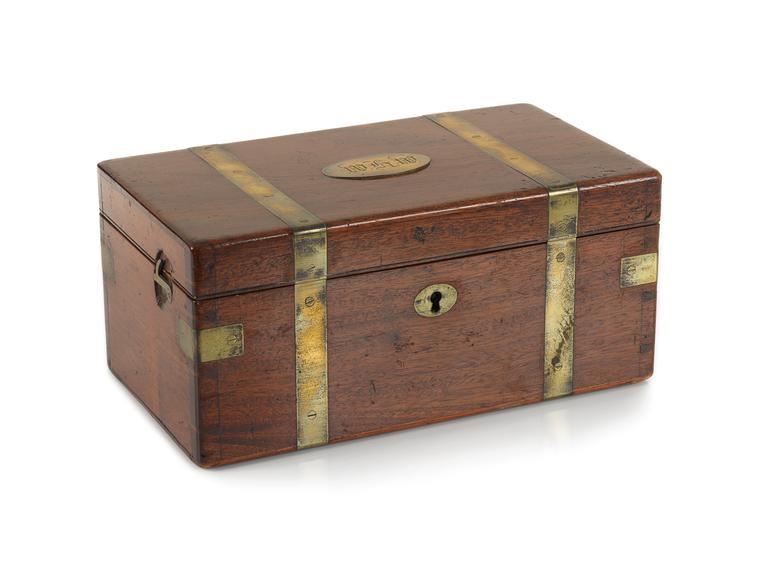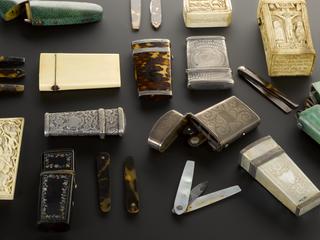Scarificator from cupping set
Scarificator, brass, part of cupping set made by Arnold of London, 1878
More
Inside the brass body of the scarificator are several lancets or sharp blades used to simultaneously break the skin for treatments including blood letting. The spring operated handle controls the depth of the blades. It is possible that by hiding the blades, patients may be calmer.
Developed in the 1700s, the scarificator became popular as demand for blood letting grew in Europe. Health was believed to be based on the balance of the body's four humours (blood, black bile, yellow bile and phlegm). Each humour was assigned different qualities. Blood was characterised as hot and wet. Therefore if someone had a fever (being hot and sweaty), they may be diagnosed as having too much blood in their system, which needed to be removed. Each person's balance of humours depended on their age, sex and their local environment.
- Measurements:
-
overall: 58 mm x 48 mm x 54 mm, .28 kg
- Materials:
- brass
- Object Number:
- A600119 Pt1
- type:
- scarificators
- Image ©
- The Board of Trustees of the Science Museum, London









